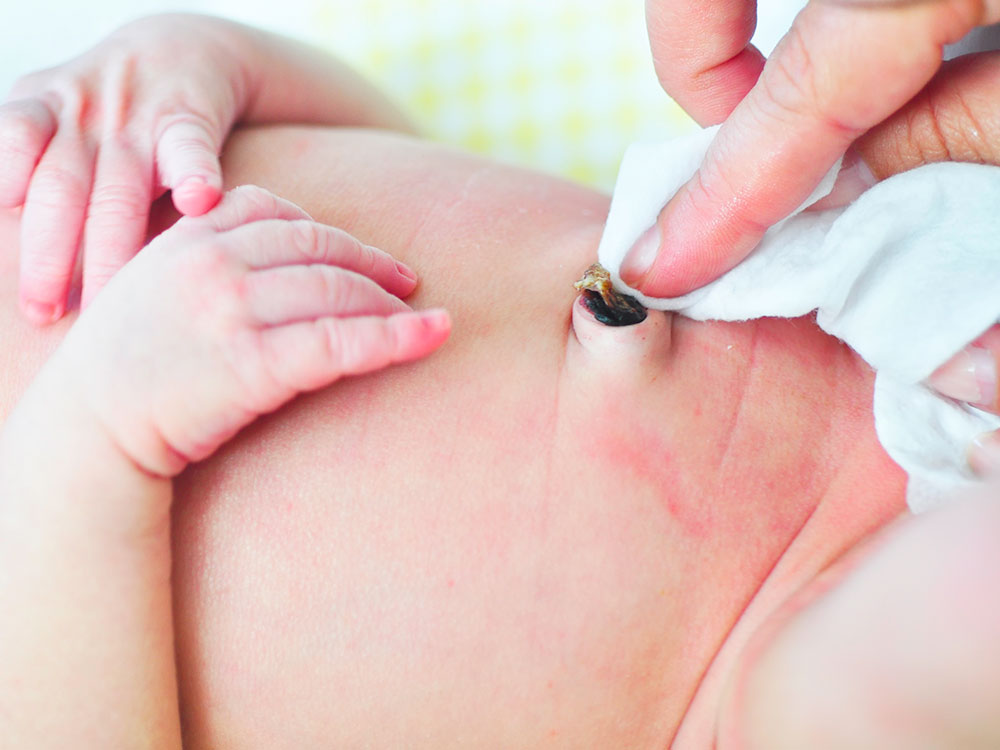
The Baby’s Belly Button: A Comprehensive Guide to Care and Maintenance
The belly button, a small but significant remnant of our prenatal existence, is a fascinating and delicate part of a newborn’s anatomy. Understanding how to properly care for this area is crucial for ensuring the baby’s health and well-being. This comprehensive guide will provide you with all the essential information you need to keep your baby’s belly button clean, healthy, and free from infection.
Understanding the Belly Button
The belly button, also known as the umbilicus, is the scar left behind after the umbilical cord, which connects the developing fetus to the placenta, is cut at birth. The umbilical cord provides oxygen and nutrients to the baby during pregnancy. After birth, the cord is clamped and cut, leaving a small stump that gradually dries up and falls off within 1-2 weeks.
Cleaning the Belly Button
Keeping the belly button clean is essential to prevent infection. Here are the steps to follow:
- Use a soft, clean washcloth: Gently wipe the belly button with a soft, clean washcloth dipped in warm water. Avoid using soap or harsh chemicals, as these can irritate the delicate skin.
- Pat dry: After cleaning, pat the belly button dry with a soft towel. Do not rub, as this can cause irritation.
- Keep it exposed: Allow the belly button to air dry as much as possible. This helps prevent moisture from accumulating and creating a breeding ground for bacteria.
Signs of Infection
In most cases, the belly button will heal without any problems. However, it is important to be aware of the signs of infection, which include:
- Redness: The skin around the belly button becomes red and inflamed.
- Swelling: The belly button may become swollen and puffy.
- Pus: A yellow or white discharge may ooze from the belly button.
- Odor: The belly button may have an unpleasant odor.
- Fever: The baby may develop a fever.
Treating an Infected Belly Button
If you suspect that your baby’s belly button is infected, it is important to seek medical attention promptly. The doctor may prescribe antibiotics to clear the infection. In severe cases, surgery may be necessary to remove the infected tissue.
Other Care Tips
In addition to cleaning and monitoring the belly button, there are a few other care tips to keep in mind:
- Avoid covering the belly button: Do not cover the belly button with a bandage or diaper. This can trap moisture and increase the risk of infection.
- Use loose-fitting diapers: Choose diapers that are loose-fitting and do not put pressure on the belly button.
- Avoid harsh detergents: When washing baby clothes, use a mild, fragrance-free detergent to avoid irritating the belly button.
- Do not pull or pick at the belly button: Allow the belly button to heal naturally. Do not pull or pick at it, as this can cause irritation and infection.
When to Call the Doctor
If you notice any of the following signs, call your doctor immediately:
- Excessive bleeding: The belly button is bleeding excessively.
- Persistent redness or swelling: The redness or swelling around the belly button does not improve after a few days.
- Pus or discharge: The belly button is oozing pus or discharge.
- Fever: The baby develops a fever.
Conclusion
The baby’s belly button is a delicate and important part of their anatomy. By following these care tips, you can help keep your baby’s belly button clean, healthy, and free from infection. If you have any concerns or notice any signs of infection, do not hesitate to seek medical attention.
